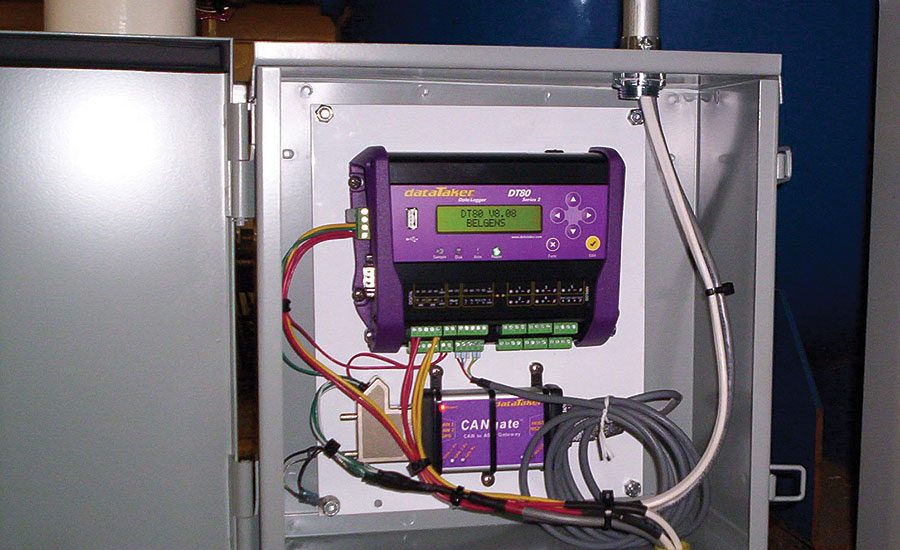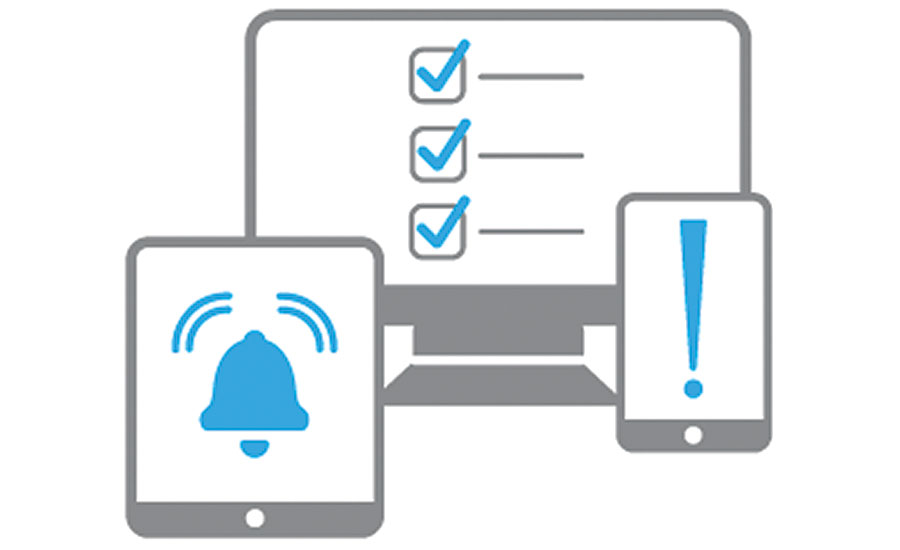Understanding Data Logging








What is a data logger? The generally accepted answer is that a data logger is an electronic device that autonomously records data from some type of sensor and stores it in local memory with a time and date stamp. Data loggers are widely used in virtually every industry for a variety of applications. Temperature is the most commonly measured parameter and is also the most commonly recorded parameter. There are many different types of data loggers with many different features and functions. This article will walk you through the basics of data logging technologies and what they can do for your business or organization.
What is a Data Logger?
Data loggers are electronic devices designed to collect and store one or more parameters, typically from some type of physical measurement sensor, independent of a PC or computer system. The market generally understands a data logger to have a sample rate of once per second or slower. Data loggers are typically battery operated and may have options for direct DC power. They may have fixed input types and include the sensors, or they may have universal inputs with screw terminal connections to let the user attach their choice of sensor types. The least expensive data loggers feature a single input type (only one type of measurement per logger) and a fixed number of inputs, i.e. no expansion.
There are exceptions to this driven by measurement types that are commonly found together. The best example here is a temperature and relative humidity data logger. The low end of the data logger market features units that only measure a single value such as temperature or humidity. As you move up the scale in cost and complexity, there are models for measuring nearly any value. Some of these loggers are dedicated to a certain input type, others are configurable for different or mixed input types. We offer data loggers for the following types of signal inputs: Temperature, Relative Humidity, Voltage/Current, Pressure, Event/State, Frequency, PH, Pulse, Serial and more.
Today’s data logger typically features USB communication for setup and download at a minimum. Widespread use of Ethernet and WiFi has brought many inexpensive networked data loggers to the market that can be easily deployed in large numbers. A network-connected data logger may feature a connection to sophisticated software or cloud services that can provide alarm notification by e-mail in the event of an out-of-tolerance condition. Network and internet connectivity has greatly increased the user’s remote access to the data and provides the benefit of alerts. Advances in radio and cellular technologies have made their way into the data logger space as well. Built-in cellular modems allow for a fully mobile data logging system that also features alerting and remote access to the data. Wireless communication between multiple data loggers to data collectors or base station devices allow for easy deployment of measurements to exactly where the user needs them to be, eliminating the cost and challenges that wires present.
Data loggers are different from data acquisition systems (DAQ), which are used to collect data at sample rates faster than once per second, with some systems able to sample in the GHz range. Due to the higher sample rates, and therefore much larger amounts of data, most DAQ systems require a connection to a network, PC or other computers to manage and store the high volumes of data. Higher-speed data acquisition systems are typically much costlier than data loggers.
Many data loggers are designed to operate indoors in standard environments (near room temperature in dry, protected areas). Specialized data loggers exist for harsher environmental conditions. These can include operation in very cold or very hot temperatures, as well as fully sealed units for use in areas where spray downs are required.
How Accurate Are Data Loggers?
There are data loggers with accuracy specifications from basic but useable accuracy, 1-2% full scale, to high-accuracy specialized units, in the 0.01% full-scale range. A temperature data logger used for warehouse monitoring would typically have 1-2 degrees Fahrenheit accuracy.
How Many Data Loggers Do I Need?
This depends on the number of measurement points you have – for instance, how many areas you need to cover in a given room or in a product shipment. Data loggers are available in configurations with anywhere from one to hundreds of inputs. dataTaker’s loggers, for example, can be configured to monitor anywhere from a single to over 900+ inputs.
How Long Can Data Loggers Record?
Many data logger models are durable and will continue to reliably operate for many years. Disposable, single-use cold chain data loggers do the job for a single trip and a low cost. Recording length is dictated by essentially two things: battery life and onboard memory storage size. Most data loggers for industry and individual use operate on batteries, while certain models can be powered externally. If the data logger is designed to operate in a low-power-consumption mode, such as those used in remote weather stations, operating life can be months or years in internal batteries alone. This is made possible by designing the logger to enter a sleep mode when it is not actively recording.
The sample rate multiplied by the number of channels being recorded is the basis for determining the length of time the logger can operate before the memory is filled. Many data loggers can be configured to operate with a circular memory that starts to overwrite the oldest readings when the buffer fills. This can allow the data logger to operate indefinitely, with the user required to unload the data at a frequency that prevents data loss. Advanced loggers will handle automatic unloading at configured intervals to do just that for uninterrupted historical data archives.
Where Are Alarms Sent?
More advanced data loggers can be configured to evaluate a measurement and check against a set tolerance to determine if an alarm state exists. Some data loggers may have built-in LEDs, buzzers, relays or digital outputs, which can alert local persons to the condition. As noted earlier, network-connected data loggers have multiple features to contact you in the event of an alarm condition. Our own Accsense Wireless Data Loggers send your data directly to our cloud server and will even give you a phone call at the start of an alarm event.
How Do You Retrieve the Data?
Many data loggers record data to a memory card or Flash stick for easy retrieval. More advanced models can also send the data automatically over Ethernet, or wireless communication (WiFi data loggers, etc.). Users often make selections based on their facility’s network setup.
Do You Have to Learn How to Program?
Most data loggers are configured, not programmed. Today’s market offers data loggers with configuration software that allows the user to get up and running with a few short mouse clicks, or sometimes a few button presses on the unit itself. Even data loggers with high levels of flexibility, like the dataTaker family, require simple configuration - not programming.
How Much Do Data Loggers Usually Cost?
Functionality, configurability and sample rate are the key determining factors of cost. Basic single-channel temperature data loggers can be found in the <$50 range, with simple, mixed input type data loggers now available in the $800 range. More advanced data loggers with network connectivity, sophisticated logic and industrial network connectivity can reach the $2,000-$5,000 range, with high-speed vibration loggers reaching the $18,000 level. The key is to find a good match of function, features and performance to fit your budget.
Where Can I Buy Data Loggers?
There are many data logger suppliers in the market today. A key decision for where to make your purchase is to find a provider who can answer your questions and recommend solutions that will meet your functional needs and your budget constraints. A supplier who has wide-ranging application experience can be invaluable for helping you find the right solution. Having access to effective technical support is another important benefit that can get you collecting the data you need quickly.
For more information, visit www.DataLoggerInc.com.
Looking for a reprint of this article?
From high-res PDFs to custom plaques, order your copy today!












